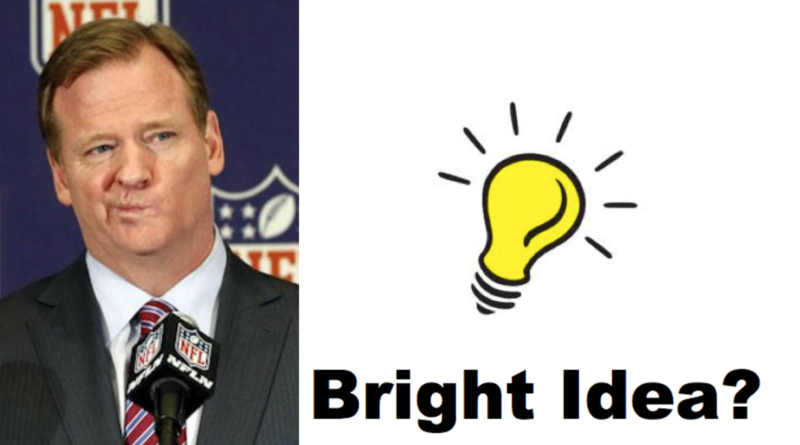Helmet-lowering rule is too vague, will be a headache for NFL refs

The biggest surprise of last week’s Annual NFL Meeting in Orlando was a rule change that will penalize any player for “lowering his head to make contact.”
Previously, the concern was to protect a ball carrier or receiver from helmet-butting. But now, the helmet must not come into contact with any part of the body.
Commissioner Roger Goodell said, “We want to take the head out of the game and make sure the helmet is not being used as a weapon.”
It’s Goodell’s head that may be the problem, though his intentions are noble.
A player who uses his helmet for contact is subjecting himself to brain trauma. It may not be noticeable at the time, but neurologists have found that repeated contact of this nature causes eventual brain damage.
Recently, examination of the brain of former New England Patriots tight end Aaron Hernandez revealed extensive damage. Neurosurgeons speculated that CTE may have been a factor in Hernandez murdering at least one person and then committing suicide in prison.
The problem is that the fundamental structure of the sport of football puts brains in danger as soon as the ball is snapped and the linemen converge. The helmet is lowered in every 3-point stance.
At this time the 3-point stance is not being banned, but it may be only a matter of time. The running game, as we know it, may be on the way out.
Mike Florio of Pro Football Talk said, “We’re going to have a rule that’s so broad that it’s going to be applied this way in one game and that way in another game. It’s going to be so arbitrary, you’re going to have a strong sense of dissatisfaction among fans.”
Apparently the league has not worked out the details of this new rule. No video has been provided to illustrate exactly what’s allowed and what isn’t.
How does a defender try to grab someone’s ankles without lowering his head? Florio said: “They’re going to be running around like mannequins.”
Determining intent is going to be difficult. A ball carrier raises his knee while running. If it comes into contact with a defender’s helmet, whose fault is that?
“I think it’s going to be impossible to officiate,” said Mike Periera, former NFL Vice President of Officiating.
San Francisco cornerback Richard Sherman said, “It’s like telling a driver if you touch the lane lines, you’re getting a ticket. It’s gonna lead to more lower-extremity injuries.”
Washington cornerback Josh Norman said, “I don’t know how you’re going to play the game.”
Florio objected to the secrecy of the owners’ debate: “They wallowed publicly in the catch rule for months, and now this thing, which we didn’t even know was a thing.”
Goodell said, “There’s an education that needs to take place, and we’ll be doing that over the next 90 days, going to each club and having a players-coaches-medical staff—all hands on deck to go through the changes.”
Chis Simms on PFT said, “They should name it the Ryan Shazier Rule,” in reference to the Pittsburgh linebacker who suffered a career-ending spinal contusion when he rammed his helmet into the body of an opponent he was trying to tackle.
“This is a bit of a publicity stunt to say we made the game less dangerous,” Simms said. “We know there was another serious injury this year. Look, moms and dads at home, we’re still fixing this to make this a safe sport for kids to play in the future.”
But this may be inherently impossible, like trying to make car-racing safe, or bullfighting. If there’s no danger, will people even want to watch the sport?
